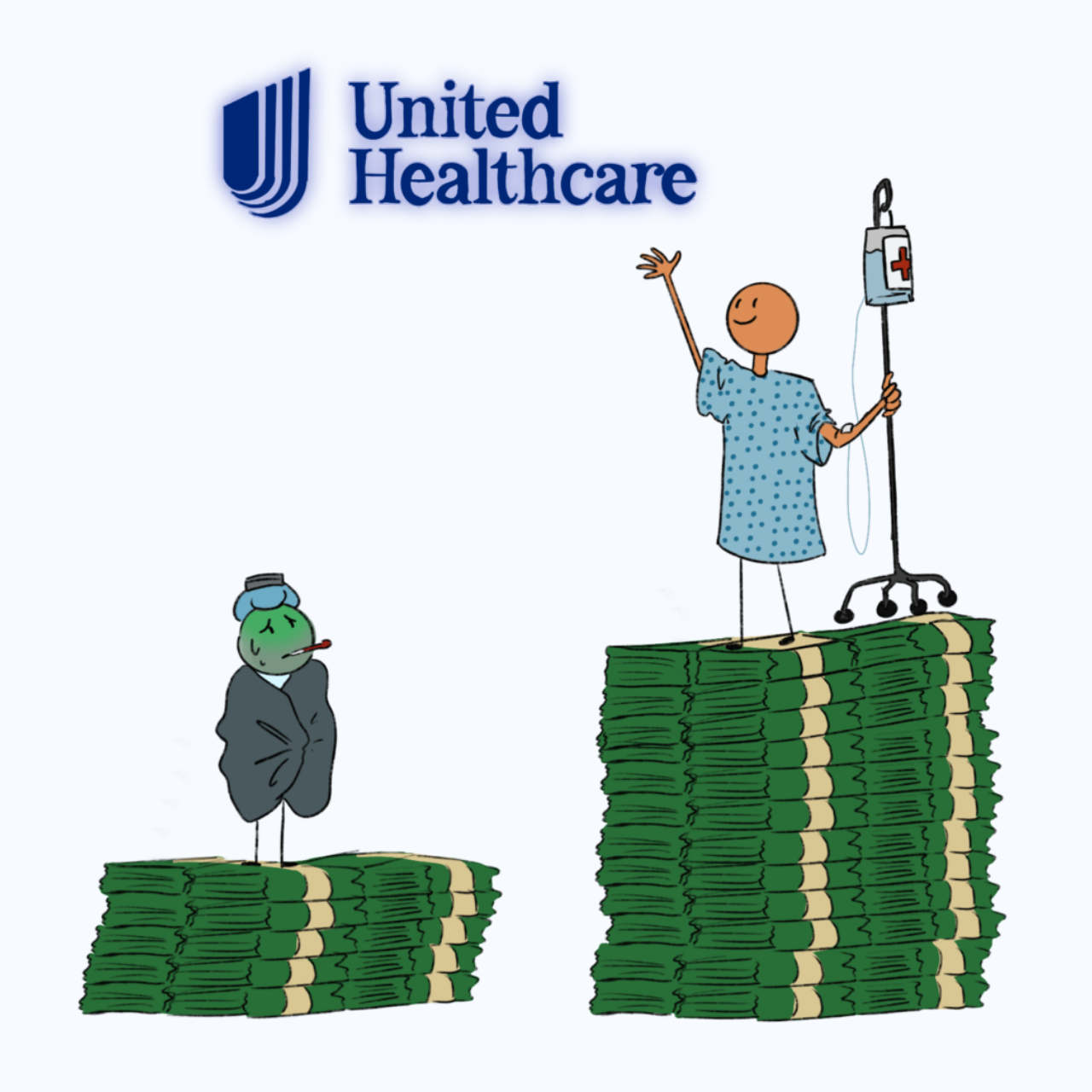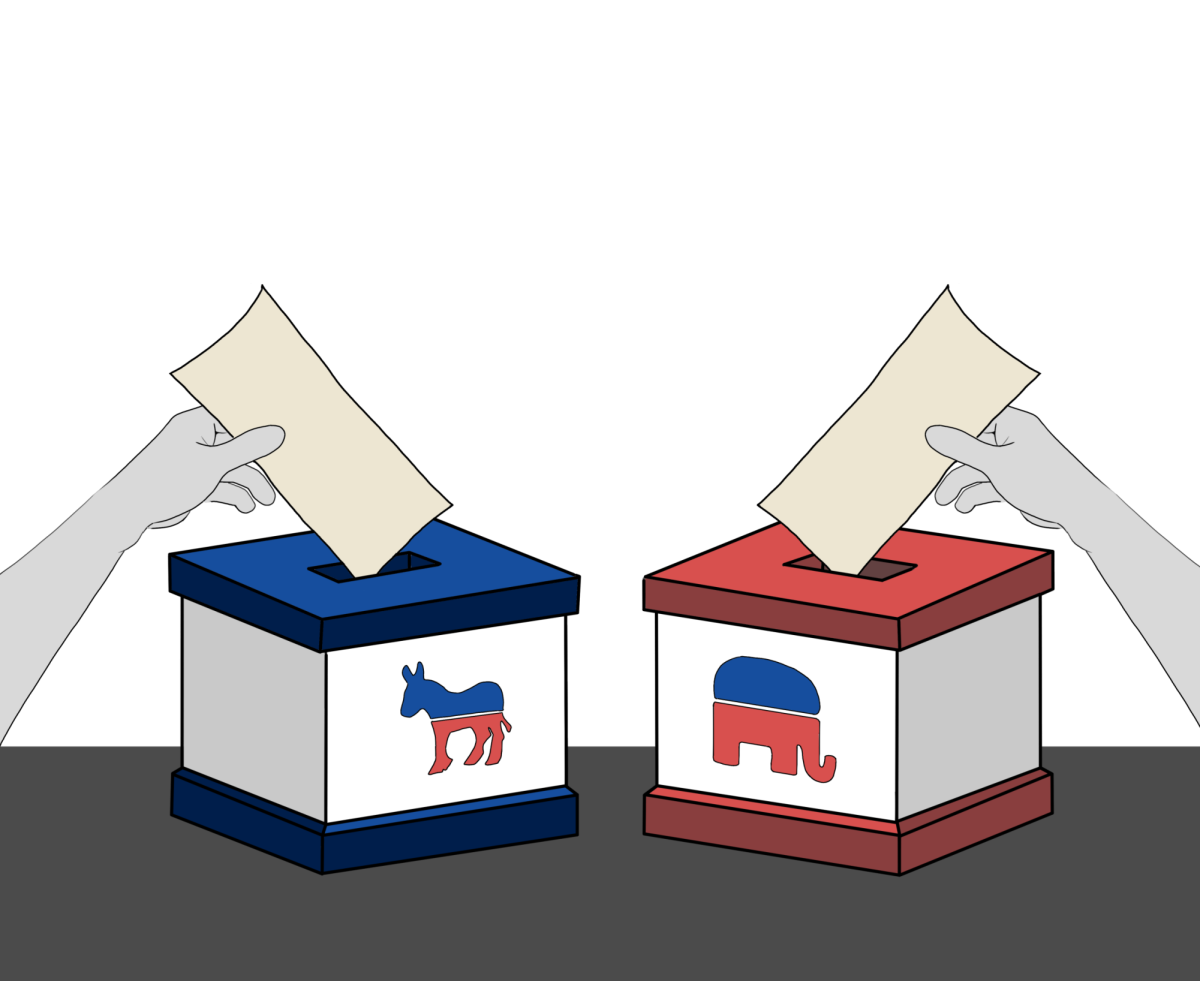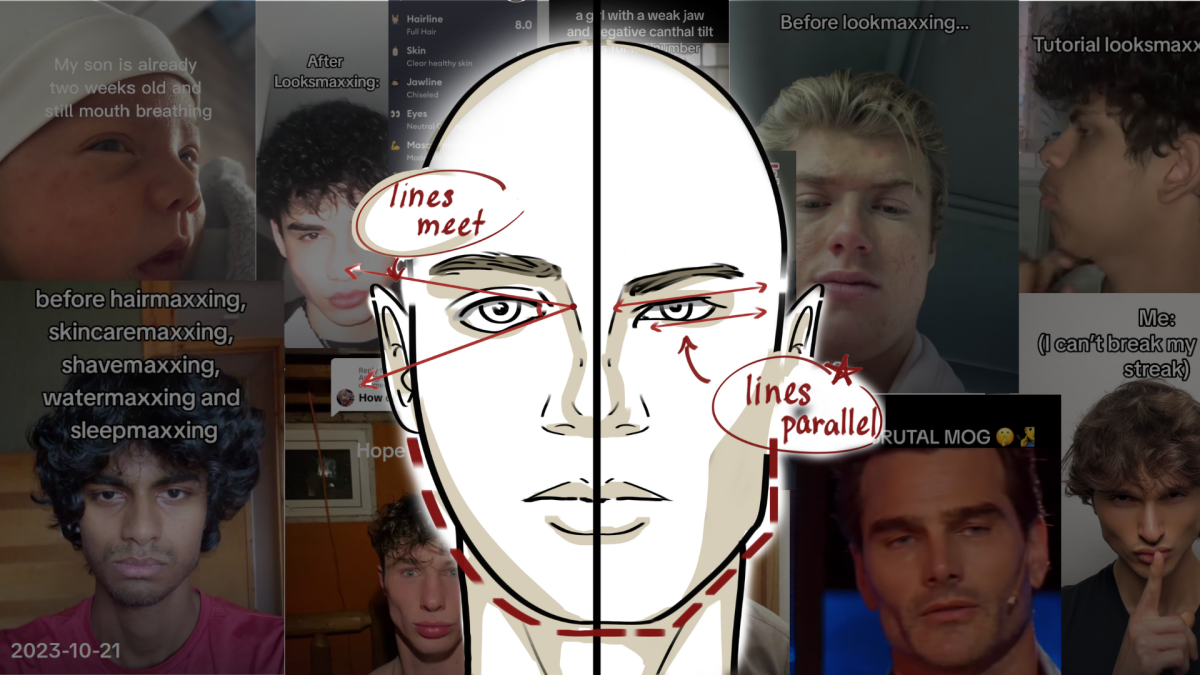The Healthcare Crisis: sky high prices
After the shooting of UnitedHealthcare CEO Brian Thompson, more people started speaking up about their experiences with the United States’ healthcare system. This spread will dive into what makes the U.S.’s healthcare system different from other counties.
February 21, 2025

About the Contributors

Gloria Liu, Managing Design Editor and Spread Editor
Hi, my name is Gloria and this is my third year on the Viewer. I’m the Managing Design Editor, spread editor, and photographer, and I look forward to working with everyone this year! In my free time, I love binging thriller movies, playing the piano, and spending time with friends. Excited for another successful year of the Viewer!

Carter Ballman, Staff Reporter
Carter is a junior staff reporter, and this year is his first year on The Viewer.

Vincent Meyer, Spread Editor and Online Managing Editor
Hi, I’m Vincent and I’m a senior! This is my second year on the Viewer and I work as the online managing copy editor and spread editor. In my free time, I enjoy spending time with friends and family as well as going outside. I became an editor because it’s a great way to write about real world events and play an active part in my community!

Aydin Kendic, Staff Reporter
Aydın is a junior staff reporter, and this is his first year on The Viewer.

Lale Akkin, Spread Editor
My name is Lale and I am a spread editor this year! I have been in the Viewer since sophomore year, and I plan on continuing next year as well. I have loved writing ever since I learned how to, and Journalism gave me an opportunity to write while being closely involved with the world and meeting new people!

Lillian Landberg, Features Editor and Illustrator
Hi! I am Lillian and this is my second year on the Viewer. I am a features editor, online editor, and illustrator. I became an editor because of the friends and amazing experiences I had in Journalism 1 and 2! Outside of the Viewer, I enjoy thrifting, listening to music, and hanging out with friends.














